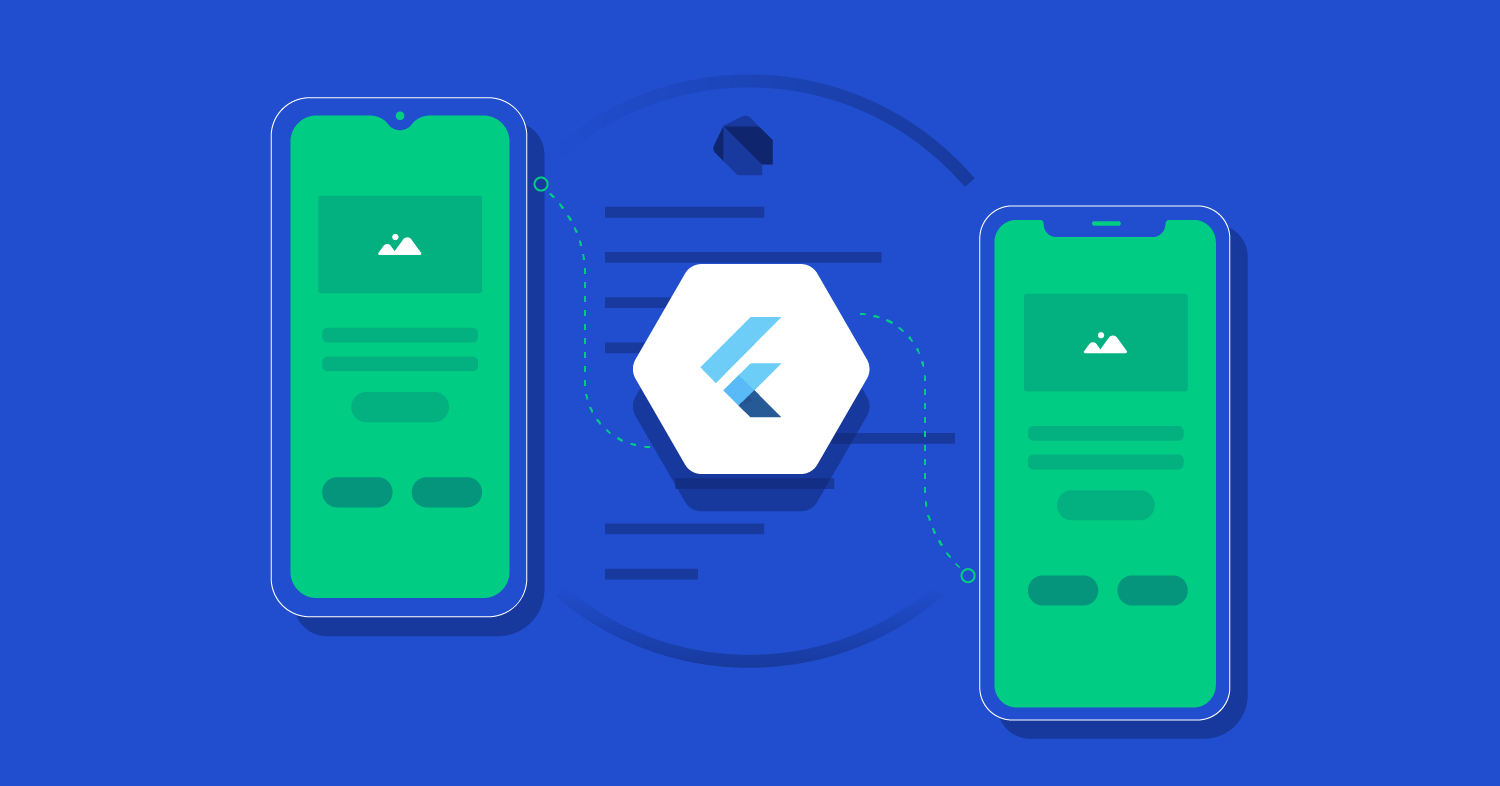
With just one codebase, Flutter has gained a lot of fans. It allows you to make incredible cross-platform applications. However, it’s important to use the best practices and strategies for ‘Flutter best practices’ if you want your Flutter projects to be successful and easy to manage. As you develop your app with Flutter, remember these key tips:
Folder Structure
Organize your project’s files into separate directories for screens, components, models, services, and utilities. For instance, you can structure your Flutter project as follows:
lib/
├── screens/
├── components/
├── models/
├── services/
└── utils/
State Management
Based on the complexity of your application, decide which state management approach is right for you. For simple state management use the Provider package. If you have multiple layers of state then BLoC pattern will get the job done.
Okay, let me put this simply. Your app can be as basic as a potato or as complex as taking apart a Rubik’s cube and putting it back together blindfolded. With complexity comes different ways to handle it. If you’re at potato levels use the Provider package for your state, but if things are getting out of hand reach for the BLoC pattern to tame it all in.
Widget Reusability
Let’s explore the concept of widget reusability further. Think of it as having your personal set of building blocks that you can easily employ and reuse throughout your app. Whether it’s custom buttons, input fields, or intricate UI components, creating reusable widgets not only saves time but also ensures uniformity across your app. Visualize the convenience of implementing updates in one location and witnessing these changes seamlessly reflected wherever your widget is used. It’s more than just efficient coding; it’s a strategic approach that enhances your app development process and fosters a consistent user experience.
Asynchronous Programming

Asynchronous programming might sound like a complex concept, but it’s your go-to tool for managing time-consuming tasks seamlessly. With the power of async/await and Futures, you can efficiently handle operations like fetching data from a server or performing intricate calculations without slowing down your app’s performance. Remember to implement intuitive loading indicators to keep your users informed during data fetching processes. By mastering these asynchronous techniques, you can ensure your app remains responsive and user-friendly, even when dealing with multiple tasks simultaneously.
Performance Optimization
When it comes to your app’s performance, every millisecond counts. Optimize your app by making smart choices in widget rendering, minimizing unnecessary rebuilds, and streamlining network requests. Keep an eye on resource-intensive tasks and consider using Flutter Performance Profiling tools to identify and resolve any bottlenecks. A snappy and responsive app not only delights users but also keeps them coming back for more. With a finely tuned performance, you can ensure your users have a smooth and enjoyable experience, regardless of the device they’re using.
Internationalization and Localization
Breaking language barriers is key to reaching a global audience. With the help of the intl plugin, you can effortlessly implement internationalization and localization features in your Flutter app. Tailor your app’s content to fit the cultural and linguistic nuances of your diverse user base, allowing for seamless translation and adaptation. By leveraging the power of the intl plugin, you can create a truly immersive and personalized experience for users around the world. Make your app a welcoming space for everyone, regardless of their language or location.
Testing Strategies
Bugs can be the bane of any app’s existence. By implementing comprehensive testing strategies, including unit, widget, and integration tests, you can identify and squash those pesky bugs before they wreak havoc on your users’ experience. Embrace the test-driven development (TDD) approach to ensure your app functions flawlessly, even under the most challenging scenarios. By prioritizing rigorous testing, you’re not just building an app, but a reliable and robust solution that users can trust and depend on.
Security Measures
In the digital landscape, safeguarding user data is paramount. Implement robust security measures, including data encryption, secure storage protocols, and fortified network communication. Leverage trusted packages and encryption libraries, such as pointy castle, to ensure sensitive information remains protected from unauthorized access. By prioritizing data security, you’re not just building an app; you’re fostering a relationship of trust with your users, demonstrating your commitment to protecting their privacy and sensitive information.
Dependency Management
Selecting the right dependencies is akin to picking the finest ingredients for a delectable dish. Opt for reliable packages and maintain up-to-date versions to ensure compatibility and security. Regularly assess community reviews and ratings to make informed decisions about integrating new packages into your Flutter project. By practicing diligent dependency management, you not only fortify your app’s stability but also foster an environment of sustainable growth and innovation within your development process.
Documentation and Code Comments
In the world of coding, clear communication is key. Take the time to document your code with detailed comments and explanations, allowing fellow developers to easily grasp the purpose and functionality of your intricate solutions. Follow the best practices of Javadoc-style comments, elucidating complex functions and classes with real-world examples. By leaving a trail of comprehensive documentation, you not only streamline collaboration within your development team but also ensure the longevity and maintainability of your codebase for future iterations and updates.
Conclution
Congratulations on mastering these essential Flutter best practices and tips! By implementing these strategies into your development workflow, you’re not just building apps; you’re crafting seamless, secure, and user-friendly experiences that resonate with your global audience. Remember that the journey of app development is a continuous learning process, and staying updated with the latest trends and technologies in the Flutter ecosystem is crucial. Embrace the spirit of innovation, and let your passion for Flutter drive you to create remarkable applications that leave a lasting impact on users worldwide. Happy coding!
